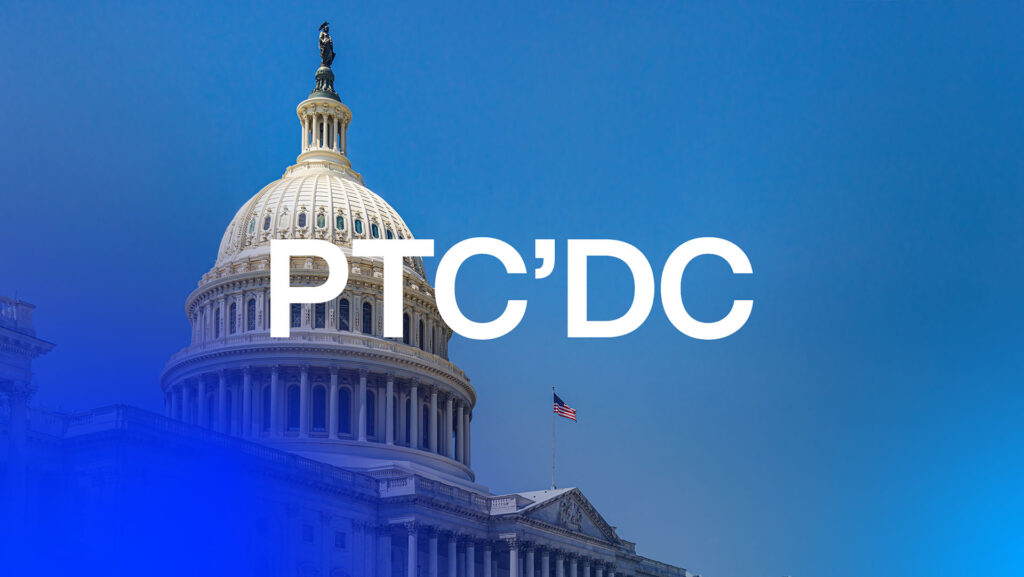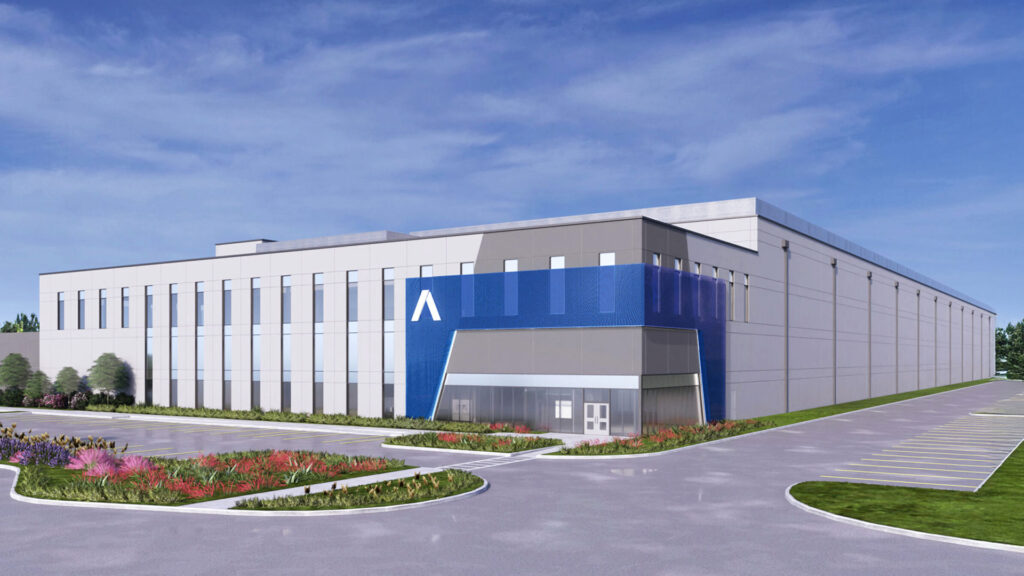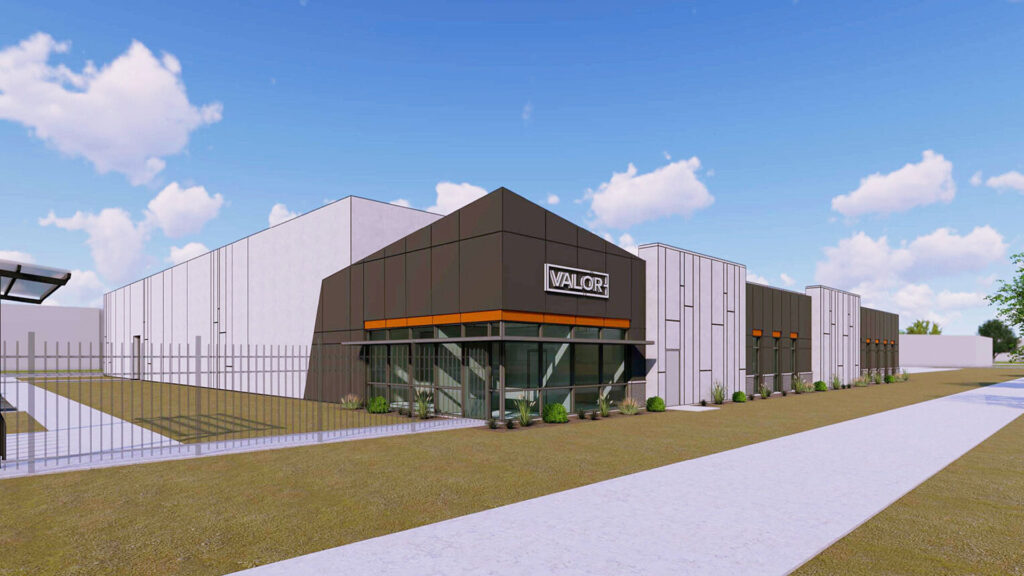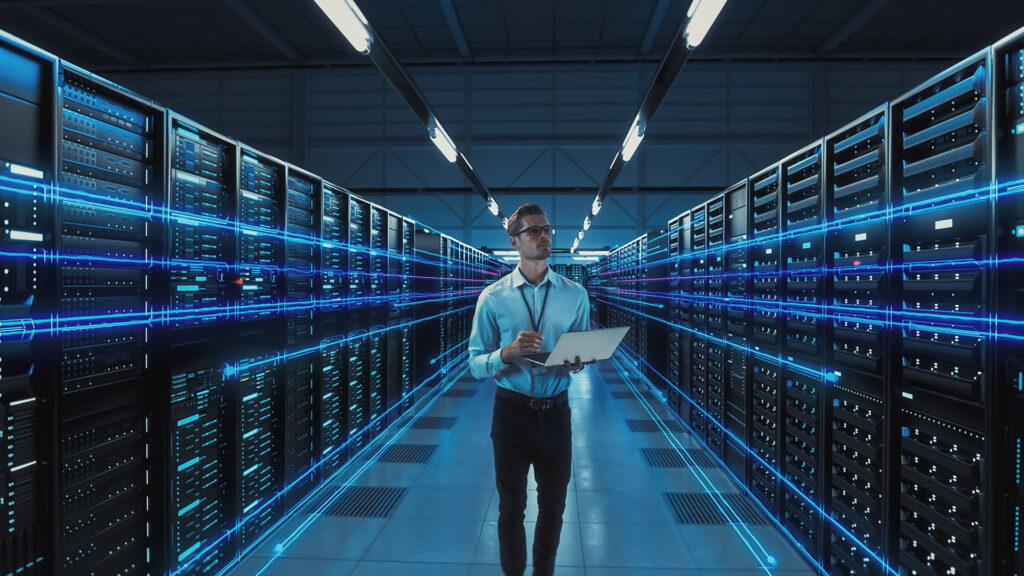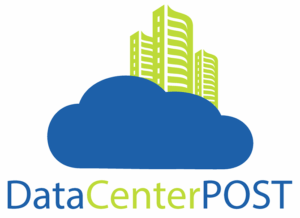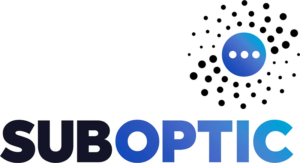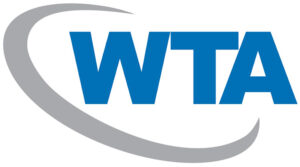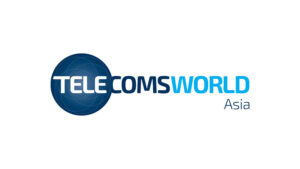The PTC Webinar Series: Frictionless Business™ continued with its second webinar: Network Evolution in the 2020s, moderated by Joe Weinman, with panelists representing both supply and demand for networked infrastructure and services (see bios here):
- Najam Ahmad, VP, Network Infrastructure, Facebook
- Campbell Massie, Advocacy Manager, North America, GSMA
- Chris Sharp, CTO, Digital Realty
- Dave Temkin, VP, Network & Systems, Netflix
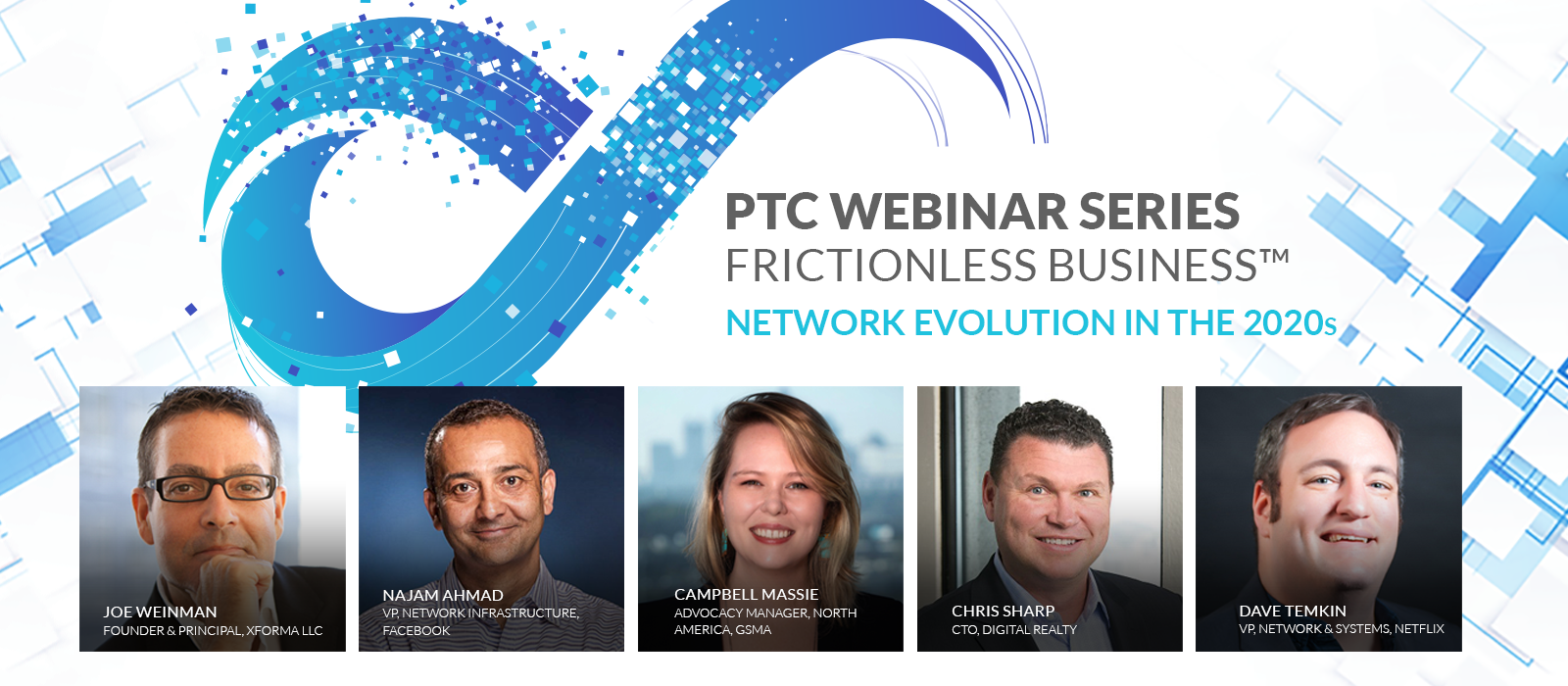
Joe Weinman started the session with a review of key trends, such as digitalization and digital disruption, and the increased number of distributed computing options available to enterprises, such as hybrid clouds, multiclouds, the edge, and the fog, leading to a new type of densely interconnected distributed and flexible networked infrastructure, which can be termed the hybrid multicloud fog. As one example of this infrastructure, consider Netflix, which uses public cloud services for “everything before you hit “‘play,’” such as recommendation engine processing and video transcoding. However, once you hit play, Netflix uses a private CDN – Open Connect – deployed in colocation and interconnection facilities to actually stream content. In addition, an architectural approach that uses microservices rather than monolithic applications further drives networked communication, since services may be deployed and resident on different physical components. IoT has already led to tens of billions of devices being deployed, and 5G’s capabilities and the reduction in cost of distributed components will sooner or later result in a trillion connected devices. An additional driver is the rise of big data, which all of these devices will generate and will need to be processed and transported. This data forms a platform that can create an ecosystem with accelerating growth. As one example, consider the data that the City of Boston has made publicly accessible, thus further driving networked application growth. Weinman also pointed out that we are using AI on an accelerating basis and on the cusp of new human interface technologies – not just virtual reality and augmented reality – but brain-computer interfaces that will further drive bandwidth use.
Any number of studies provide empirical data illustrating the nature of exponential network growth: the Cisco Annual Internet Report (formerly the Cisco Visual Networking Index) which has shown Internet traffic growth increasing at a CAGR of over 20 percent; the Equinix Global Interconnection Index, which analyzes and reports on interconnection bandwidth growth of almost twice that, as the traffic makes use of a denser interconnection fabric driven by factors as diverse as urbanization, platform businesses, and digitalization; the Digital Realty Data Gravity Index, based on a framework devised by Dave McCrory over the past decade; and the Akamai State of the Internet report.
This traffic growth is not only of interest to network engineers but is profoundly impacting the global economy. As McKinsey has shown, more global bandwidth and interconnectivity are enabling greater global knowledge flows, which are growing faster than labor, capital, and commodities flows, in turn driving a need for more bandwidth. The pandemic has just accelerated these growth trends. In fact, Weinman points out, unlike the Spanish Flu of a century ago, developments and deployments in ICT infrastructure have for the “first time in the history of the planet, a species has the technology … [that has] provided us the tools to wage this terrible battle,” to repurpose a line from the movie Armageddon.
Weinman then kicked off the panel discussion by reviewing interesting results from AT&T, presumably not unlike those of other network service providers, showing traffic growth of 20 percent on AT&T’s core network six months into the pandemic, from 335 petabytes per day to 392.8 petabytes per day. While 20 percent growth of network traffic—or anything else, for that matter – in six months is amazing, it also seems hard to explain, as Weinman observed. After all, 10 percent of that is arguably due to normal growth in traffic, leaving only a 10 percent increase from the pandemic. For some applications like Netflix, this relative lack of growth can perhaps be explained by the Open Connect content delivery network keeping traffic at the edge, but what about all the seemingly interminable point-to-point Zoom conferences in HD?
Campbell Massie of GSMA reported that network traffic growth varied by region, ranging from 20 to 100 percent, with fixed line networks absorbing much of that demand. Massie then observed that the pandemic has brought “a new awareness of the power and potential of networks.” She also pointed out that although many people working from home use their home Wi-Fi and wireline connections, for many, however, “their cellphone is their only connection to the Internet.”
To handle the growth that Netflix experienced, Dave Temkin stated that Netflix accelerated to 2020 some of the capacity deployments that they had already planned for 2021. There were few if any issues, although Netflix did help avoid issues by proactively managing some streams not due to any issues with Netflix’s infrastructure but based on requests from network service providers. Moreover, at least earlier in the pandemic, while there was not a substantial difference in peak traffic, the peak started earlier in the day.
For Facebook, as Najam Ahmad reported, there were heavy spikes in March and April, and by May, they had already “blown past” their forecasts for 2020, leading to Facebook augmenting their capacity upgrades. However, at this point, Ahmad indicated that things have “settled down,” although they are still ahead of forecast.
Digital Realty’s Chris Sharp indicated that many customers globally were also “pulling in” planned infrastructure deployments from 2021 to 2020, and made the additional observation that traffic in metros had moved from the city centers, large buildings, and corporate networks to “deeper out” in the suburbs, a logical result given that people on short notice migrated from their places of business to their suburban residences. This in turn is driving an architectural change, where interconnection customers are using Internet exchanges to more directly connect to ISPs to reach those home users.
Sharp also reviewed the importance of a data-centric approach to infrastructure design, based on the recently released Data Gravity Index. Sharp warned that it can be a mistake to treat data location as an afterthought – the billions of devices generating data can be a barrier to digital transformation if not considered early in the planning process. In his words: “It all starts with the data … slow down, think about where your data resides today, where your data needs to be tomorrow, and … how … you interconnect that efficiently.”
Moreover, although many think of distributed architecture benefits from the perspective of latency and user experience, there are many other trade-offs to consider. An important one, Sharp says, is resiliency – intelligently replicating infrastructure across multiple sites, which Sharp says that Digital Realty’s PlatformDIGITAL can help do. This can help future-proof – and pandemic-proof – digital infrastructure, enabling enterprises to use a similar approach to Facebook and Netflix while avoiding complexity. Sharp also agreed with points made earlier in the discussion around AI, stating that “AI is everywhere.” The real-world impacts of the latest generation of architectures that heavily utilize AI include increased power density and interconnectivity.
When asked about surprises over the last few months, the panelists had a variety of responses. Ahmad said that perhaps the biggest surprise was that the “Internet actually held up as well as it did,” congratulating all those involved in Internet infrastructure and observing that the global economy “would have crashed … if the … Internet couldn’t hold up.” Ahmad also pointed out that productivity on his team has remained high through the pandemic, even with the dramatic shift to work from home.
Ahmad then made a critical observation: the Internet can no longer be a “best-effort” network, as originally designed. Over the past few months, it has proven just how critical it is. The question facing many businesses is how one builds reliable services on a best-effort network that doesn’t guarantee message delivery or even any given quality of service. He pointed out that “that’s actually a much harder problem than it seems on the surface.” Even today, many customers use a primary-secondary approach, i.e., one where there is a primary connection that fails over to a back-up. However, Facebook is deploying a “planar” architecture that is much more resilient and scalable, with numerous parallel paths including across fiber and submarine cable systems. One way to describe Ahmad’s insight is that instead of a single interstate highway with a parallel access road that can be used in the case of a multi-vehicle accident but not if the bridge collapses, it’s a highly interconnected network of county roads and state highways with no single, double, or even triple point of failure. In turn, this new architecture requires investments in technologies such as monitoring and failure detection.
Dave Temkin then pointed out that although Facebook largely operates in its own infrastructure while Netflix utilizes a hybrid of public cloud and owned content delivery network, Netflix’s challenges and focus areas are very similar to Facebook’s. He also pointed out that while we all think of Netflix from the perspective of consumers who avidly watch it, Netflix is also very heavily in the content creation business. Unlike other firms whose work involves employees sending emails, presentations, and spreadsheets to each other, Netflix has to capture, create, and edit 4K or even 8K video. This entails not just productions where the shooting now occurs in quarantined bubbles, but the post-production efforts that occur through a complex workflow that includes artists, animators, visual effects, and the like. These specialists used to go to the office. As lockdowns occurred, they began by moving their sophisticated office workstations to their homes. Rather than relying on state-of-the-art local area enterprise networks, Temkin and his team had to figure out how to get this enormous amount of data such as raw 4K and 8K video from all over the world to people’s homes, mirroring Sharp’s comments about traffic moving deeper out, away from the city center and the need to consider data gravity issues.
The solution that Temkin and his team have hit upon is using remote workstations, not unlike remote desktops, bringing the presentation layer, rather than the data, to the user. The key is that artist creativity remains unhindered as long as the latency between the home and the video data is 10 milliseconds or less. Unlike years ago, the technology to do this is now ready, Temkin observed. Moreover, by a fortunate but logical accident of history, most people live close enough to the office to make their commute manageable, thus making their network latency manageable as well.
Campbell Massie then returned to the topic of network reliability, arguing that networks in general and mobile networks in particular are designed with reliability and resilience in mind, and except for “some minor localized performance degradation in some countries,” have held up very well during the pandemic, even under the often dramatically increased traffic demand. She then observed that some of the “temporary changes” may not ever reverse, for example, work-from-home. In other cases, trends that were underway have been dramatically accelerated: in the case of telehealth, acceptance has sped up by five to 10 years, she said. Massie also pointed out that the capacity upgrades that were being deployed in advance of 5G build-outs have no doubt helped with the pandemic response.
When asked what hyperscalers such as Netflix and Facebook might like to see from their providers, Najam Ahmad said that he wished they were less transactional and more focused on a strategic relationship. “We shouldn’t have to go get a quote for every little thing and involve a salesperson and an account manager,” he said. “We want to be able to go turn up the capacity very, very rapidly … through APIs rather than through human beings, and not have to go through a quote process.” He also said that “from a pricing perspective, if you charge per cross-connect, that model is dead, and should have been dead a long time ago.”
Dave Temkin agreed, adding that the wave of consolidations that has been occurring in the industry meant that progress was “two steps forward, one step backward.” Therefore, “when they integrate … you have a period of time during integration where it’s just an absolute disaster,” and then even after integration there can be issues as employees from one unit learn the products and processes of the other unit. Moreover, he continued, “there are certain data center companies that operate … like a tech company, and [others who operate] like real estate companies.” The former types are more able to make progress in areas such as platforms and APIs.
Chris Sharp empathized with these two large customers, observing that sometimes industry infrastructure dated back decades and was mired in these processes, especially for a large company like Digital Realty that had grown both organically and through acquisitions. Consequently, the company’s major focus is on automation and future-proofing to help meet this “prerequisite” to eliminating complexity and barriers and doing business successfully with such customers globally.
Campbell Massie then added that trends such as virtualization and open networking were aligned with these objectives of network intelligence, simplification, automation, and cost-effectiveness. Najam Ahmad observed that some technologies, such as network slicing, promised to be effective, but only for the radio link. The challenge for any customer is the need to do this “end-to-end” for the entire application, whether the entire path crosses providers or not. Adding in reliability makes things even more complicated because “nailing up a path” conflicts with the need for resilience, given that failure can happen at any point along that path.
In response to a question about business implications of the pandemic, Campbell Massie observed that the mobile industry is “pouring billions of dollars” into wireless networks, even as various revenue line items such as mobile roaming are way down due to international travel restrictions. However, Massie continued, once there is an upturn, 5G “has the capability of being a real winner” for service providers. Unlike the situation with roaming revenue, Najam Ahmad pointed out that Facebook’s revenues are ad-driven, so the pandemic hadn’t impacted their business. Ahmad continued, noting that the usage patterns across Facebook properties had remained on-trend, although differing across regions. For example, WhatsApp is very popular in India. Chris Sharp then observed that the pandemic had actually accelerated many companies’ plans, as they focused on resilience and distribution of their infrastructure, and this growth is anticipated to continue into next year.
The pandemic appears to have had little impact on the sustainability initiatives of the panelists’ organizations, with Chris Sharp saying that sustainability is a major focus of Digital Realty, and Najam Ahmad pointing out that Facebook’s sustainability initiatives are nothing new – they have an objective to use 100 percent renewables and to be not just carbon neutral, but carbon negative.
See the entire webinar here:


